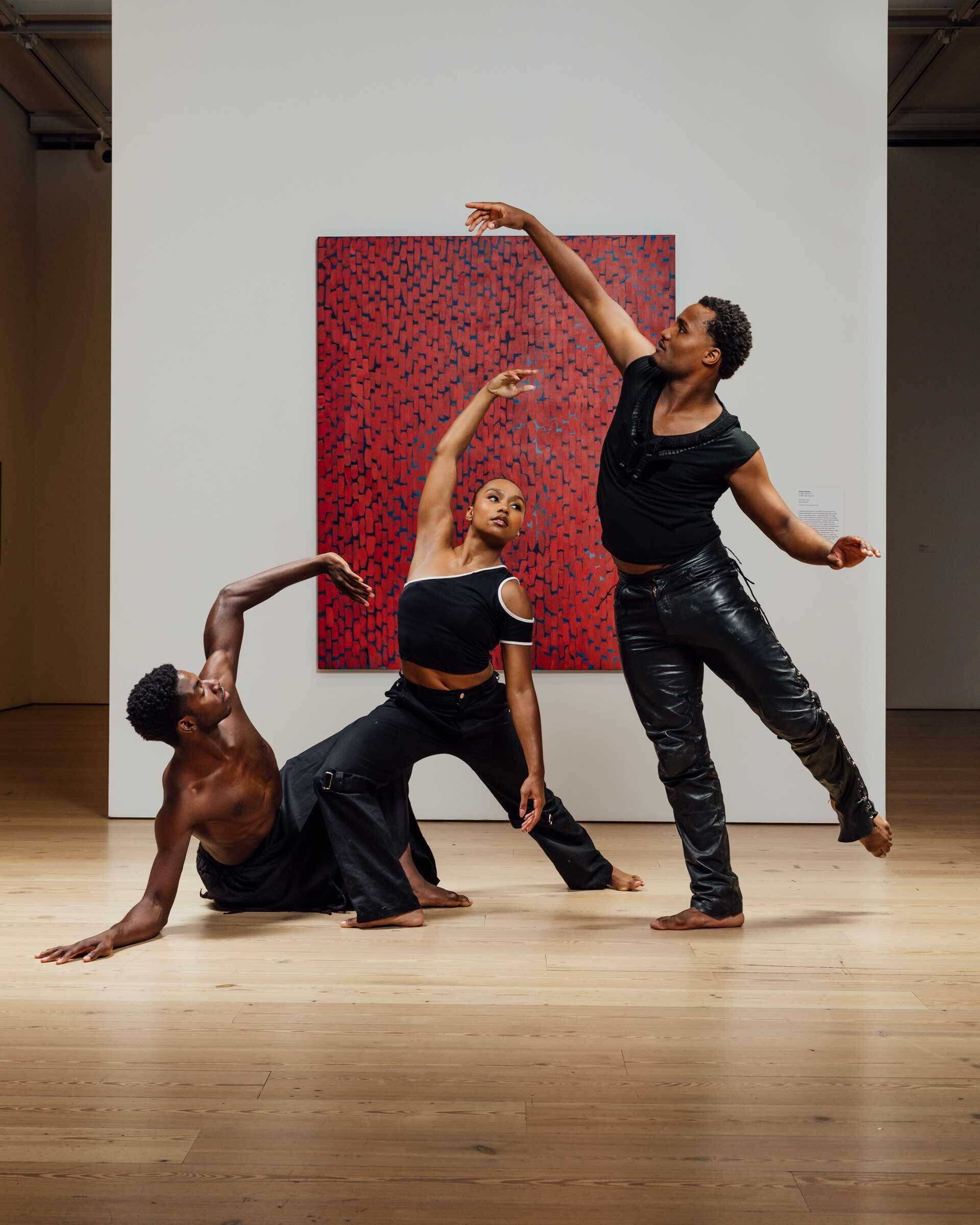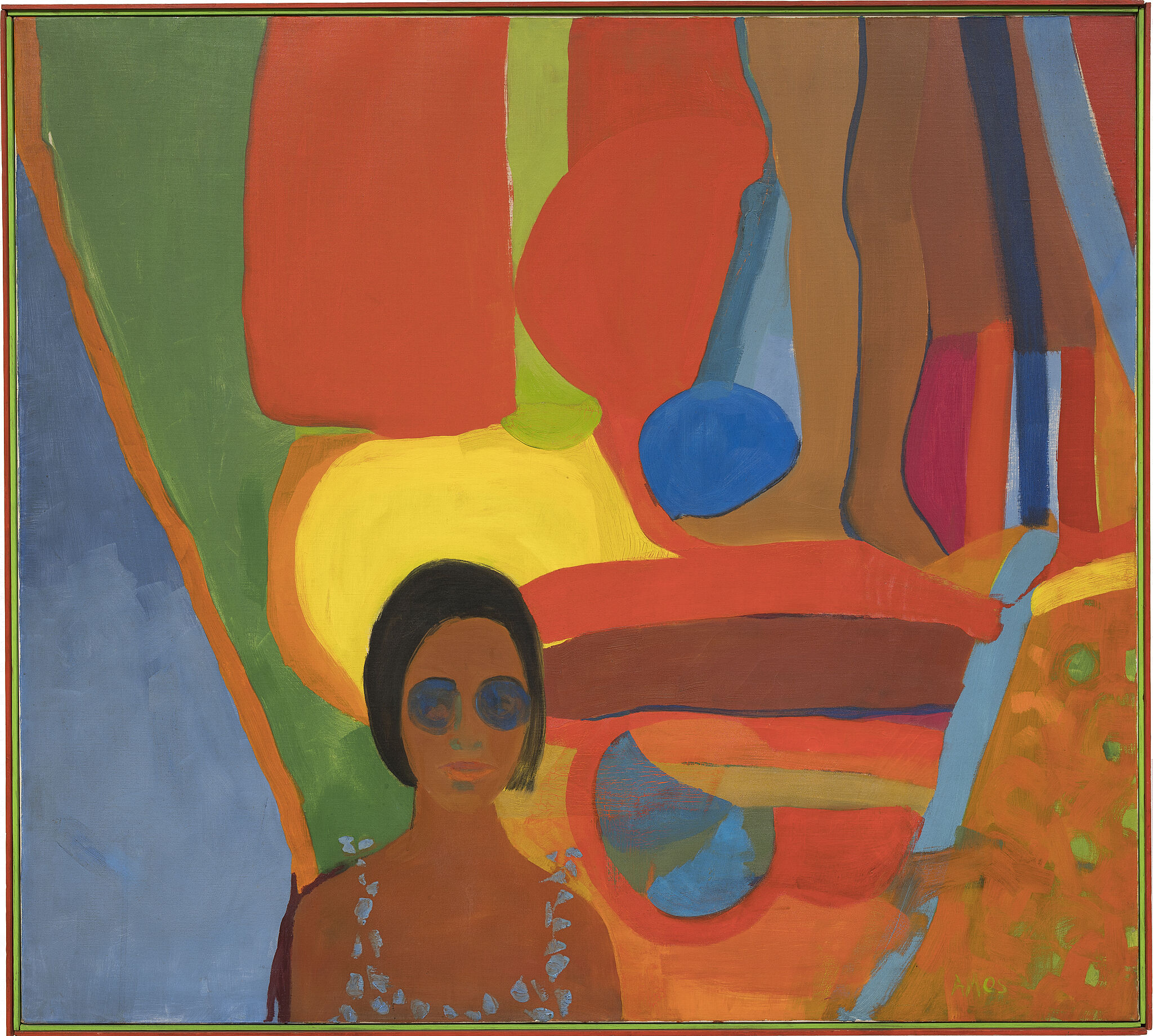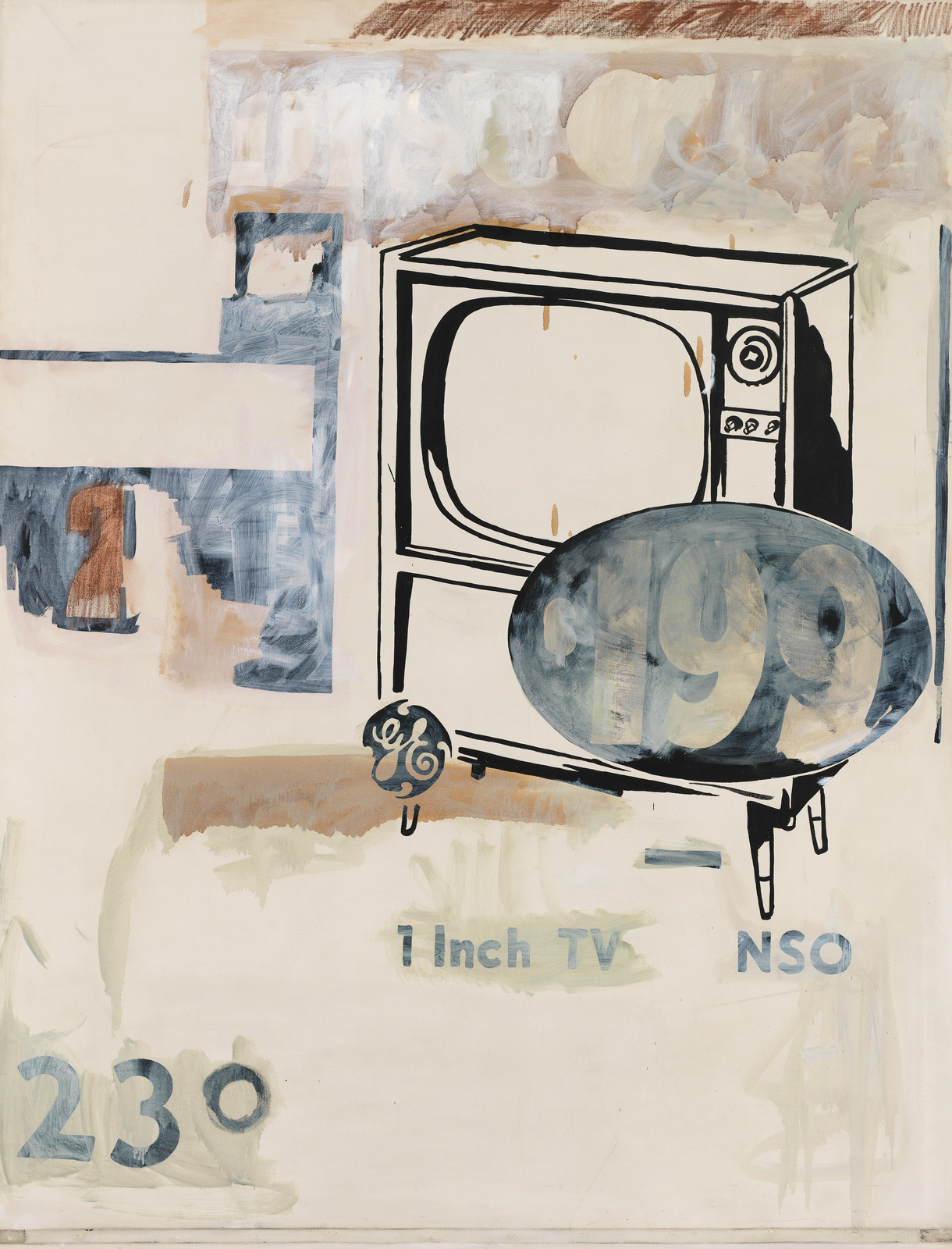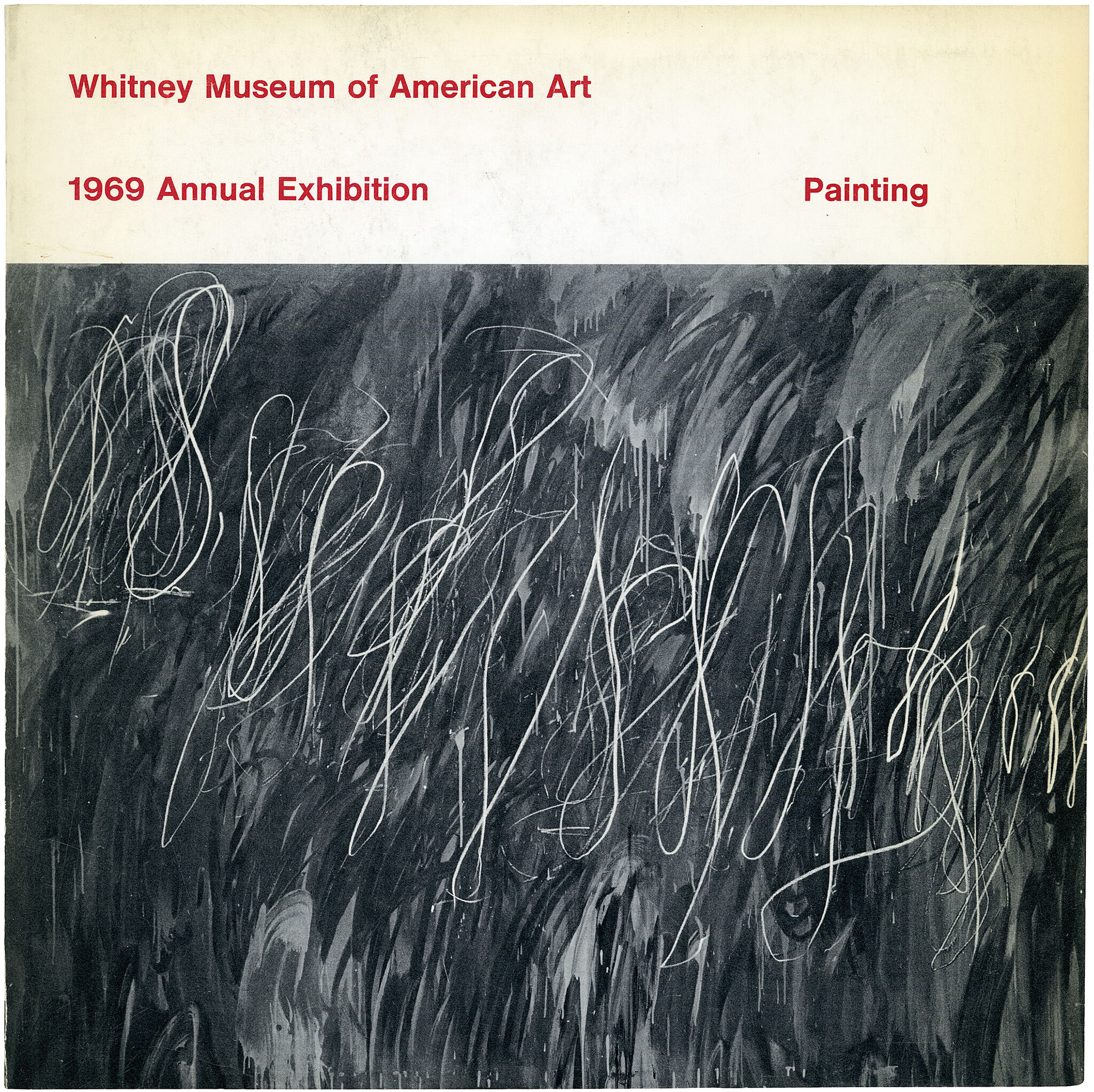Sam Gilliam
1933–2022
Introduction
Sam Gilliam ( GHIL-ee-əm; November 30, 1933 – June 25, 2022) was an American abstract painter, sculptor, and arts educator. Born in Mississippi and raised in Kentucky, Gilliam spent his entire adult life in Washington, D.C., eventually being described as the "dean" of the city's arts community. Originally associated with the Washington Color School, a group of Washington-area artists that developed a form of abstract art from color field painting in the 1950s and 1960s, Gilliam moved beyond the group's core aesthetics of flat fields of color in the mid-60s by introducing both process and sculptural elements to his paintings.
Following early experiments in color and form, Gilliam became best known for his Drape paintings, first developed in the late 60s and widely exhibited across the United States and internationally over the following decade. These works comprise unstretched paint-stained canvases or industrial fabric without stretcher bars that he suspended, draped, or arranged on the ground in galleries and outdoor spaces. Gilliam has been recognized as the first artist to have "freed the canvas" from the stretcher in this specific way, putting his paintings in conversation with the architecture of their settings. In contemporary art, this contributed to collapsing the space between painting and sculpture and influenced the development of installation art. While this became his signature style in the eyes of some critics and curators, Gilliam mostly moved on from his Drape paintings after the early 1980s, primarily returning to the form for several commissions and a series of late-career pieces, usually created with new techniques or methods that he was exploring in his other work.
He produced art in a range of styles and materials, exploring the boundaries between painting, sculpture, and printmaking. Other well-known series of works include his early Slice paintings begun in the mid-1960s, often displayed with custom beveled stretcher bars that make the paintings protrude from the wall; his Black Paintings from the late 1970s, which Gilliam created with thick layers of black impasto over collaged forms; and a series of monumental painted metal sculptures, developed beginning in the 1980s and 1990s for several public commissions.
After early critical success, including in 1972 becoming one of the first African American artists to represent the United States in an exhibition at the Venice Biennale, Gilliam's career saw a period of perceived decline in attention from the art world in the 1980s and 1990s, although he continued to widely exhibit his work and completed numerous large-scale public and private commissions. Starting in the mid-2000s, his work began to see renewed national and international attention, and his contributions to contemporary art were reexamined and reevaluated in several publications and exhibitions. His work has since been described as lyrical abstraction. Late-career milestones included creating a work for permanent display in the lobby of the then-newly opened National Museum of African American History and Culture in 2016, and exhibiting for a second time at the Venice Biennale in 2017.
Wikidata identifier
Q2216478
Information from Wikipedia, made available under the Creative Commons Attribution-ShareAlike License . Accessed November 24, 2025.
Introduction
The pioneering abstract painter was born in Tupelo, Mississippi, and received an MA in painting from the University of Louisville. Working with brilliant color, he became known for showing his abstract canvases stripped of wood stretchers and draped from ceilings or gathered and pinned to walls.
Country of birth
United States
Roles
Artist, painter, sculptor, teacher
ULAN identifier
500013570
Names
Sam Gilliam, Jr. Sam Gilliam
Information from the Getty Research Institute's Union List of Artist Names ® (ULAN), made available under the ODC Attribution License. Accessed November 24, 2025.




